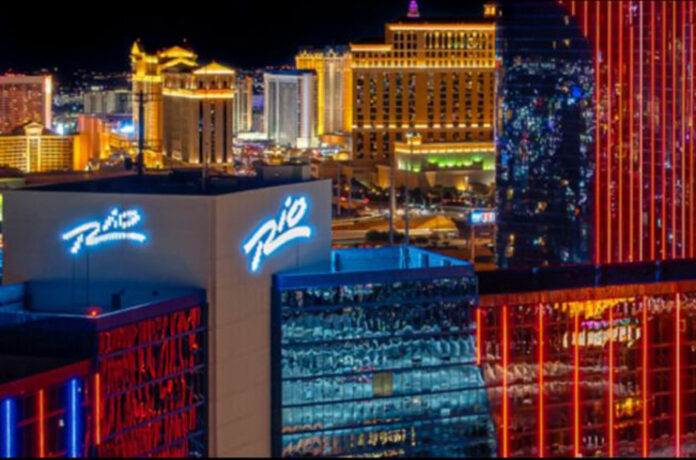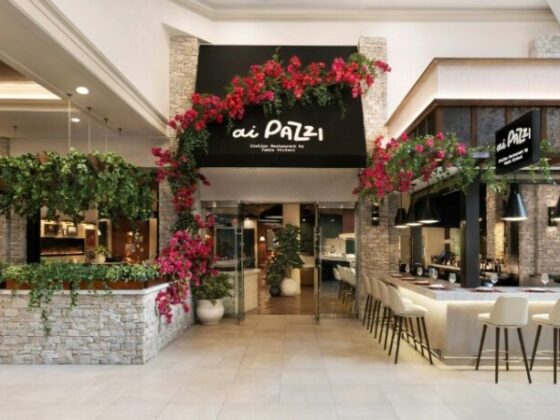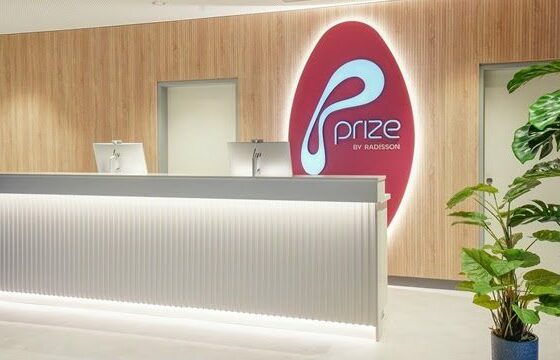
When Dreamscape Companies unveiled the renovation of its Rio Hotel & Casino in Las Vegas in 2024, few could have predicted that it would stand as a case study for the evolution of hotel capital stacks.
The 2,520-room resort, now under Hyatt’s Destinations brand, underwent a complete upgrade of its Ipanema Tower suites, major casino improvements, and the modernization of its central systems. A sizable portion of its financing behind that work offers insight into the future of hotel lending.
The Structure: CPACE at Scale
The Rio deal closed with a $176.5 million retroactive Commercial Property Assessed Clean Energy (CPACE) loan, one of the largest CPACE financings completed. For owners, the retroactive format allowed reimbursement for completed renovations.
CPACE is secured through a property tax assessment, giving it priority in the capital stack. Its use is growing as more institutional sponsors and lenders adopt the tool, and the Rio deal shows how it has shifted from niche sustainability financing to a mainstream solution that reduces reliance on higher-cost debt.
Changing Lending Conditions
The timing also reflects today’s credit environment. Higher interest rates and tighter standards have reshaped hotel financing. Lenders now stress cash flow, often requiring debt yields in the low teens to qualify. Projects that miss the mark turn to private credit, which offers more flexible terms and, importantly, certainty of execution.
Private credit has grown into a $1.5 trillion market worldwide, a sharp rise from a decade ago. In hotel lending, private credit often provides higher loan-to-value ratios up to 75 percent compared with 50-to-55 percent from banks.
Private credit is going higher in the capital stack as it tends to be more proactive on the future outlook of the assets’ performance. For this reason, risk can be viewed differently than banks.
The trade-off is cost. Bridge loans have recently been priced at Secured Overnight Financing Rate (SOFR) plus 500 basis points. Construction loans start closer to SOFR plus 800. Against that backdrop, CPACE’s fixed rates stand out as a stabilizing factor.
Speed and Scale
The Rio financing was striking not only for its size but also its speed. The $176.5 million loan closed in less than 60 days, a timeline unlikely for traditional lenders. With billions in hotel debt coming due in 2025, speed has become a differentiating factor.
Industry observers note that loan maturities have become a leading driver of deal activity. Many owners are reaching the end of construction or bridge loans and face refinancing in tougher conditions. According to Trepp, a commercial real estate data and analytics firm, approximately 35 percent of hotel loans maturing in 2025 are at risk of stress. Private credit lenders, paired with CPACE, are increasingly filling the gap.
Lessons for the Hotel Sector
The Rio transaction highlights several trends:
- Capital stacks are diversifying. CPACE is becoming central to major hotel financing.
- Speed is vital. In a market defined by looming maturities, execution speed is as valuable as rate.
- Specialization matters. Hotel lending carries unique operating risks. Lenders with hospitality expertise are better able to assess them.
Looking Forward
The Rio CPACE loan marks a turning point. Large-scale hotel projects are now adopting tools once used mainly for smaller sustainability upgrades. As more lenders and sponsors see CPACE’s role in reducing risk, its use will continue to expand.
At the same time, the growth of private credit ensures hotel owners will have options even as banks stay cautious. Together, these forces suggest the next wave of hotel financing will look different from the past decade, with more options, more flexibility, and stronger alignment with the realities of the market.








